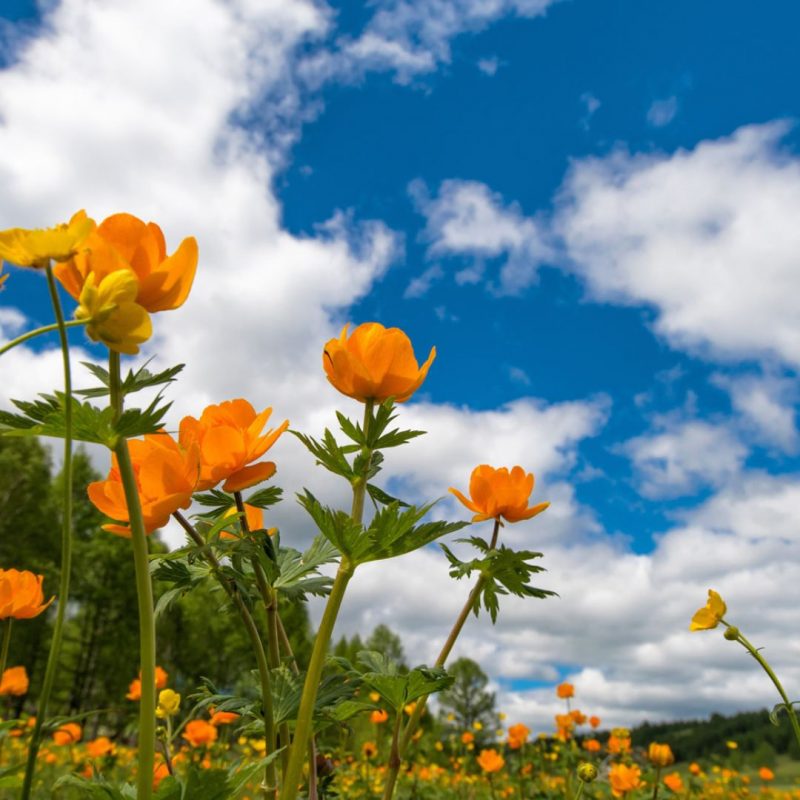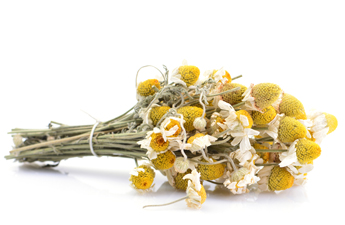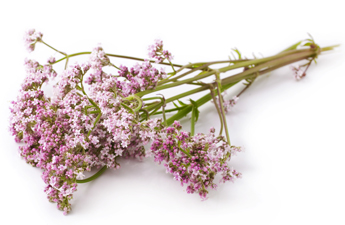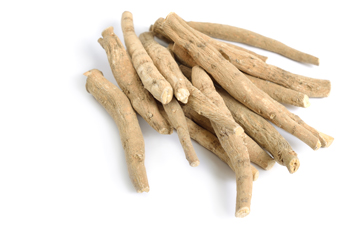Support your Hay Fever
with Herbal Recipes

By Tamara Welsh, Happy Herbalist
There are those, dear ones, who suffer in the Spring time. Instead of skipping through the fields and blowing dandelion flowers into the warm spring breeze they are sitting indoors sniffling and sneezing with itchy, watering eyes and a running nose. Allergic rhinitis (known here in Australia as Hay fever) is a cruel immunological disease with inflammation of the ears, eyes, nose and throat and can make Spring time for many a miserable time.
Luckily, we have some wonderful supportive herbs when it comes to allergies and inflammation. Here are a few herbal ideas and recipes that may assist you if you are an unfortunate Hay fever sufferer.
Bee Pollen and Propolis
Not exactly an herb, but a mixture of lots of plants, bee pollen is a small ball of field-gathered flower pollen packed by worker honeybees. Now you’re probably thinking, isn’t pollen the enemy when it comes to Hay fever?! While this is true, there is a school of thought surrounding the use of Bee Pollen for Hay fever sufferers. It is thought that by introducing bee pollen into your diet year-round you can enable your body to build up a tolerance to the pollen and therefore when Spring comes around you are less effected by the pollens in the air. While there are no studies on this directly, we can look to the nutritional profile and plant metabolites found in bee pollen to understand how it may be effective for combating inflammation and Hay fever symptoms. Bee Pollen is crunchy and tasty and works well as a smoothie topper, yoghurt topper or just eaten on its own.
Another bee created “herbal” medicine is Propolis. Propolis is a natural resinous substance produced by bees and is usually sold in a liquid extract form. Like bee pollen, it is derived from a number of different plant species and therefore it contains some potent therapeutic constituents. Propolis is astringent so it helps to dry up mucous secretions and it is also highly antibacterial, antifungal and antiviral. Interestingly, Propolis is also known as an immune modulator, meaning it helps to bring the immune system back into balance if it is over active (as in Hay fever) or underactive.
Herbal Hydration Drink
When Hay fever hits it’s really important to stay hydrated. Herbal infusions can be really useful drunk either warm as a tea, or cold as a refreshing infused water. Nettle leaf is a particularly useful herb for combating Hay fever. It has an antiallergic action with broad anti-inflammatory activity including inhibition of cytokines (1). This recipe contains Nettle leaf alongside Lemon balm for its soothing and calming effects, Gotu kola for its anti-inflammatory effects and Mullein for its ability to sooth the mucous membranes of the sinuses. The method for this recipe is for a cold drink, however you could also enjoy it warm as a tea.
Ingredients:
- 1 tablespoon each of dried lemon balm leaf, dried gotu kola leaf, dried nettle leaf and dried mullein leaf.
- A good pinch of Celtic salt or sea salt
- Slices of fresh lemon
- Optional sweetener to taste (honey, stevia or maple syrup)
Method:
- Boil the kettle.
- Place the sweetener (if using) and salt in a glass jar or 1 litre stainless-steel water bottle. Poor over just a small amount of boiling water and stir to dissolve them.
- Add the herbs and then fill the jar with room temperature water and add in a few slices of fresh lemon.
- Place in the fridge and allow to infuse overnight
- Strain through a fine sieve and enjoy over the course of the day.
Herbal Sinus Rinse
Nasal irrigation is an ancient practice that has become more popular recently. Sinus rinses help to flush nasal passageways of debris and potential infective microbes. Often, they are done with a saline solution but this recipe uses herbs for their anti-inflammatory and anti-microbial properties. They are also incredibly soothing for the delicate mucous membranes of the nasal passages and can help to relieve itching and irritation.
Ingredients:
2 teaspoons dried mullein leaf
2 teaspoons dried chamomile flowers
2 teaspoons dried calendula flowers
Filtered water
Method:
- Add all herbs to a well-cleaned teapot
- Pour over 2 cups of boiling water, cover and allow to steep for 10 minutes.
- Strain through a fine sieve or cheese cloth
- Once the mixture has cooled a little (it helps if it is still warm), pour into a neti pot or nasal irrigation bottle and use to flush the sinuses.
Hay Fever Herbal Oxymel
Herbal oxymels are so easy to make and they can pack a pungent punch. I particularly like herbal oxymels for Hay fever as you can combine all of those culinary herbs that are so beneficial for clearing congestion namely citrus, garlic, ginger, onion and cayenne into one easy-to-take shot.
Ingredients:
4 cloves garlic, finely chopped
4 cm knob of ginger, finely chopped
½ teaspoon of cayenne powder
1 orange sliced
1 onion chopped
¼ cup raw honey
Enough apple cider vinegar to fill (approx. 2 cups)
Method:
- Clean and sterilise a glass jar and lid that can fit all of your ingredients.
- Place all ingredients into the jar and pour over the apple cider vinegar to fill the jar.
- Place a piece of baking paper over the top of the jar and then secure the lid.
- Store in a cool, dark place for 2 weeks and then strain into a sterilised glass bottle and store in the fridge.
- You can enjoy this oxymel neat as a pungent shot, or add to sparkling water. You can also add it to warm water and sip slowly. It also makes a nice salad dressing!
References:
- Mills S & Bone K, 2000, Principles and practice of phytotherapy: modern herbal medicine, Churchill Livingstone, Edinburgh, London.
Also by The Happy Herbalist

Herbs and Habits to Boost Vitality









 Nextwave
Nextwave

